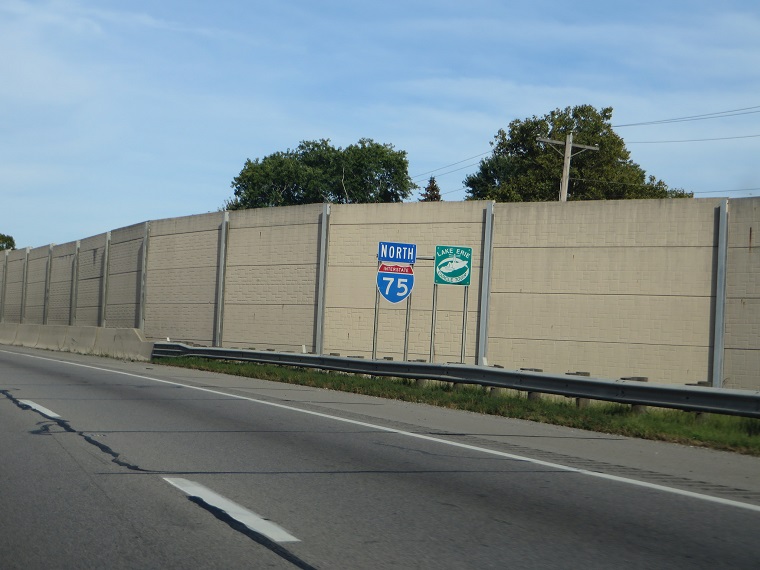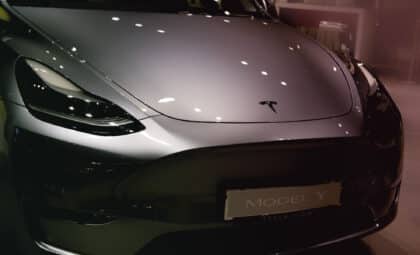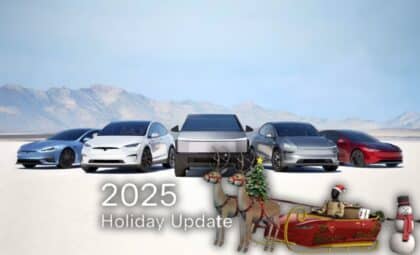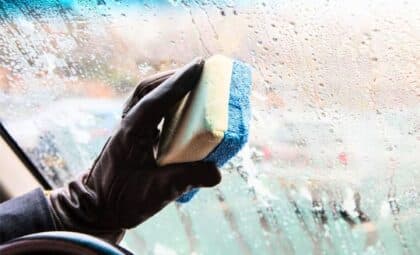Photo: Ken Lund
Want to know a dirty little secret about those noise barriers that isolate busy stretches of highway from their surrounding neighborhoods? According to an in-depth investigation by science website Undark, highway walls don’t work all that well — and better sound-reducing options exist.
If noise barriers sit in your backyard or a few blocks away, they will probably do a decent job of reducing noise. However, if you live more than a few hundred feet away, walls won’t help much. As sound reaches the wall in waves, some of it is absorbed or reflected, but much of it just goes over the barrier. In some cases, walls can even amplify noise for those uphill or farther away.
Highway barriers aren’t cheap either, costing about $2 million per mile. Between the 1970s and 2013, the government has spent more than $6 billion on noise walls. That’s money that isn’t being spent on infrastructure or public transit.
Most noise barriers are made of concrete, masonry, or steel. Engineers and scientists are studying whether other materials could do a better job of absorbing sound. However, approaches that don’t involve barriers are even more promising.
Super Cruise: Entire Cadillac lineup could feature semi-autonomous technology by 2020
Visual: Wisconsin DOT
Highway noise is generated by engines, by the flow of air around vehicles, and by the sound of tires on pavement. Advances with electric vehicles and quieter tires could help, but many experts see noise-reducing pavement as the most effective solution. They point to years of research showing greater noise-reduction benefits from special pavement than from walls.
So why are barriers still the dominant noise-reducing option if they’re ineffective, expensive, and inferior to other solutions?
The federal government requires — and funds — barriers if the noise along a stretch of highway exceeds thresholds set by each state, and if walls are “reasonable and feasible” there.
However, the feds don’t fund pavement or other noise-mitigating options. That means there’s less incentive for states and communities to use them, or for researchers to develop them.
Tire Tips: How to maintain your tires, and when to replace them
News Source: Undark
The News Wheel is a digital auto magazine providing readers with a fresh perspective on the latest car news. We’re located in the heart of America (Dayton, Ohio) and our goal is to deliver an entertaining and informative perspective on what’s trending in the automotive world. See more articles from The News Wheel.












